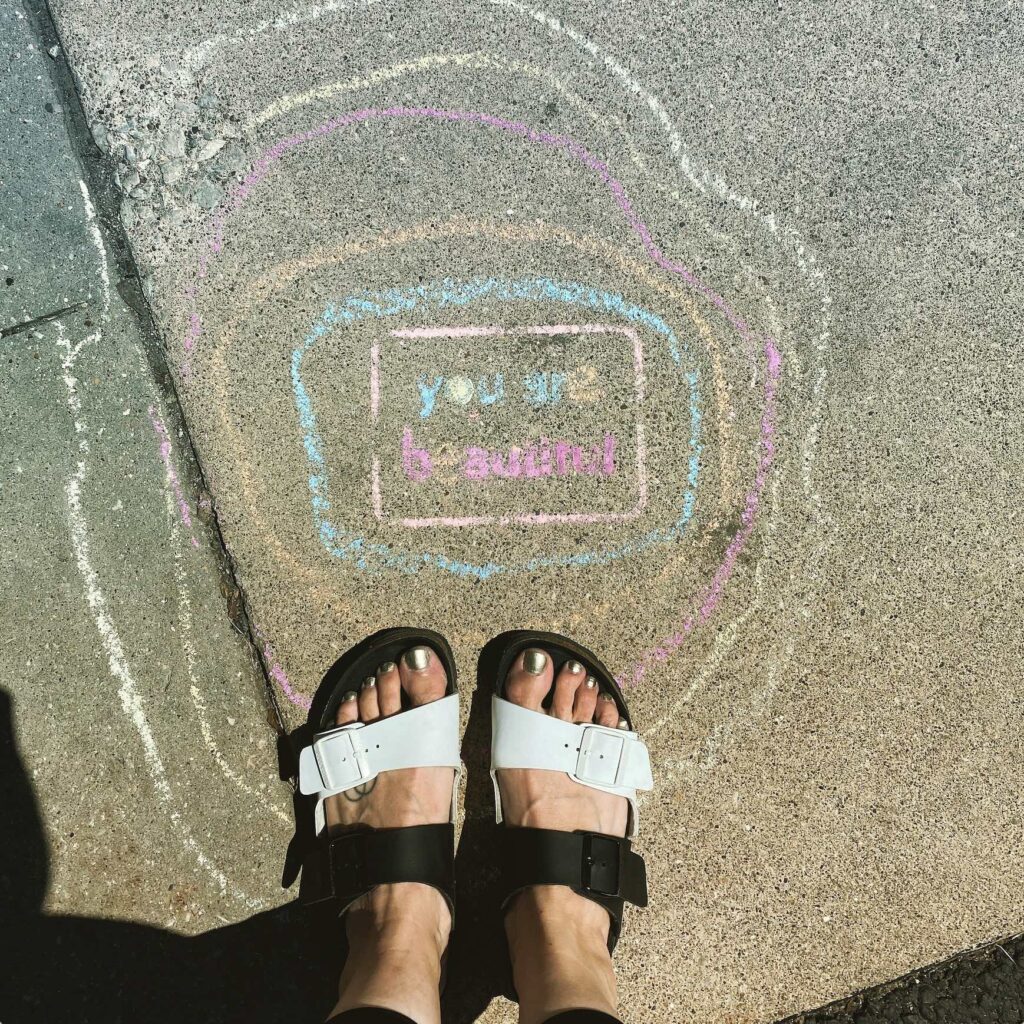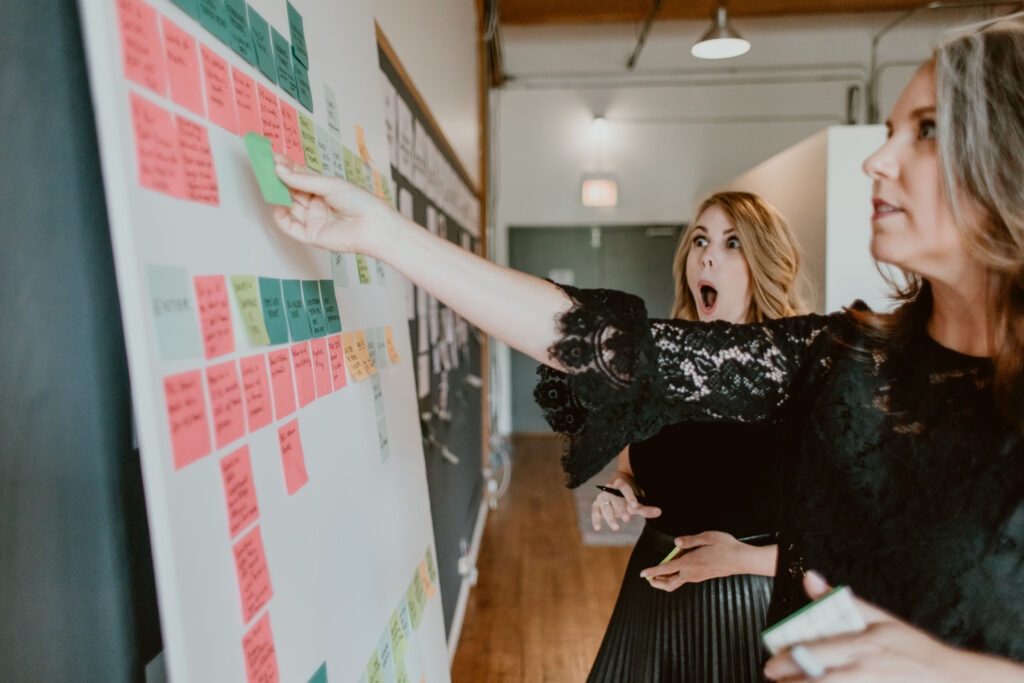Deeply Unpacking the Lives of our Caregivers

April Showers Bring May Health
May is Women’s Health Month, but April sure did bring a lot of health care chatter to our PinPoint world (hence the Pin•Points That Matter post below). What’s fascinated us in these conversations is how often the caregiver keeps making her way to the focus.
That being said, it shouldn’t be all that surprising. Just within the past year, 43.5 million caregivers have provided unpaid care to an adult or child. And of those 43.5 million, 75% are women and may spend as much as 50% more time providing care than men. If we dive even deeper, studies have indicated that 36% of female caregivers handle the most difficult caregiving tasks (i.e., bathing, toileting, and dressing).That’s compared with 24% for their male counterparts, who are more likely to help with finances, arrangement of care, and other less burdensome tasks.
Maybe There’s a Better Way
We know, we know… we talk a lot about gender disparities.But when it comes down to understanding the whole human – whether we’re helping a client design a new banking function or the future of their community library – unpacking these behaviors makes a big difference..
Here’s an example. We’re designing that library for a community whose primary patron is a mother. We learn in research that she takes care of her own small children and her aging parent. That means we might not design the library as a place to linger. This mother has a lot on her plate.Quite honestly, she may not even be able to think about getting out of her car because of the time and effort that one task alone might take. This library needs to function more like a drive thru or a pick-up locker at Target. Perhaps it’s even an intimate, calming escape where she can read in solitude away from her caregiving duties at home.
Experience Empathy
One of the most profound activities we’ve done within the healthcare space is what we call an Empathy Experience Workshop (Bonus, this practice can be applied to any industry.) We bring together internal leaders to experience firsthand what it’s like to live a day-in-the-life of their patient and caregiver – a way to build empathy at its deepest level. It looks and feels a bit like role playing, but with unexpected twists and turns:
- The group divides into pairs
- One team member takes on the role of the patient
- The other their caregiver
- We go out into the real world (ie. a grocery store)
- Each is instructed to perform tasks and carry out specific behaviors in this public venue
- The patient may unexpectedly drop a gallon of milk in the middle of the store. (Yes, this actually happened!)
- The caregiver has to respond with onlookers at the fringe.
- Or mid-aisle, the caregiver may suddenly abandon the patient (with eyes closed to resemble blindness) to take an unanticipated, but urgent,call.
These small, dynamic moments, when experienced firsthand, build a level of empathy that goes far beyond listening to a caregiver speak, watching a patient testimonial, or describing a ‘Betty’ persona out of a static deck.
Empathy in Action
We live for this type of work. With data like the above pointing to the need for caregiver-centric design in healthcare, there is no better time than now to build new levels of empathy – and show up for women where they need it most. Whether you are a caregiver, a patient, a healthcare leader, or know someone (in any industry!) looking to build empathy in a memorable way, please reach out. These experiences matter. They forever change the way we see the world through someone else’s eyes. We want nothing more than to share those perspectives over our go-to cup of coffee.








